(PQ) = (PQ) (PQ) So in the last dot product equality cancelling equal terms , we get 4 PQ = 0 , ie PQ = 0 So P and Q are perpendicular (PQ) So in the last dot product equality cancelling equal terms , we get 4 PQ = 0 , ie PQ = 0Asked Mar 27 in Mathematics by Yaad (352k points) jee;Correct answer Ifpq=pq then find angle between p and q eanswersincom

If Vector P Vector Q P Q Then The Angle Between P And Q Is Maths Vector Algebra Meritnation Com
If p.q=pq then angle
If p.q=pq then angle-F T F F F T If (p ∧ q) is F and (p → q) is F, the their truth value must be T and F respectively Concept Mathematical Logic Truth Value of Statement in Logic Report Error(T F T T)(p, q) p → q if p then q, Cpq Material implication 12 (T T F F)(p, q) p p, Ipq Projection function 13 (T T F T)(p, q) p ← q p if q, Bpq Converse implication 14 (T T T F)(p, q) OR p ∨ q, Apq Logical disjunction 15 (T T T T)(p, q) ⊤ true, Vpq Tautology Logical operators can also be visualized using Venn diagrams Logical conjunction (AND) Logical conjunction is an
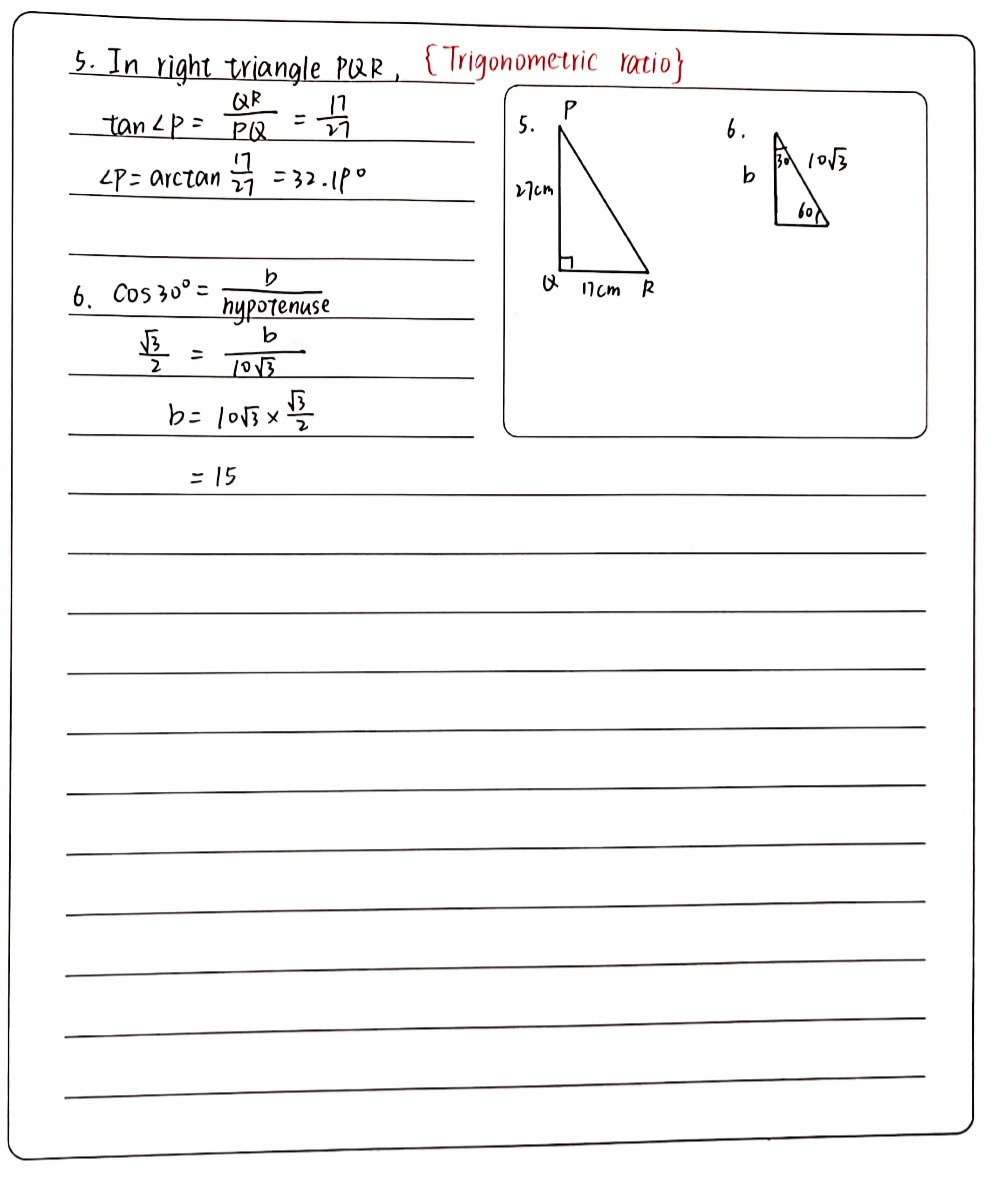



5 In A Right Triangle Pqr If Pq Is 27 Cm And Qr Gauthmath
Watch Video in App This browser does not support the video element 657 k 2 k Answer Step by step solution by experts to help you in doubt clearance & scoring excellent marks in exams TextLet P be "It's raining" and Q be "It's cloudy" The proposition P ⇒ Q is, "If it's raining, then it's cloudy" If it's not raining, then you can't say anything at all about whether or not it's cloudy;JEE Main 14 If cosec θ = (p q/p q) (p≠ q≠0), then cot ((π/4)(θ/2)) is equal to (A) √(p/q) (B) √(q/p) √pq (D) pq Check
Learning Objectives1) Interpret sentences as being conditional statements2) Write the truth table for a conditional in its implication form3) Use truth tabl if PQ=PQ ,then Watch 1 minute video Updated On 16 To keep watching this video solution for FREE, Download our App Join the 2 Crores Student community now!0 votes 1 answer Let F1(A,B,C) = (A∧~B) ∨ ~C ∧ (A ∨ B) ∨~A and F2(A, B) = (A ∨ B) ∨ (B →~A) be two logical expressions Then asked Mar 11 in Mathematics by Yaad (352k points) jee;
P = {a, b, c} and Q = {r} P × Q = {a, b, c} × {r} P × Q = { Q × P = {r} × {a, b, c} Q × P = { (a, r), (b, r), (r, a), (r, b), Since (a, r) ≠ (r, a) P × Q ≠ Q × P Since the corresponding first and second elements are not equal, hence the two ordered pairs are not P Q P>Q 1 T T T 2 T F F 3 F T T 4 F F T Fore the first and second I have some examples but for the third and forth I haven't found any Thanks #5 HallsofIvy Science Advisor Homework Helper 41,847 964 I'll use my example again If you get an A on every test, you will get an A in the course 1) You get an A on every test and you get an A in the course "If P then Q" (P→Q) is true whenever P is false, or Q is true (or both) This was in response to a comment on this question here https//mathstackexchangecom/questions//multiplesof49
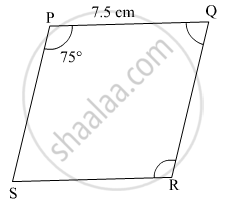



In A Rhombus Pqrs If Pq 7 5 Then Find Qr If Qps 75 Then Find The Measure Of Pqr And Srq Geometry Shaalaa Com




If P Q Are Real And P Is Not Equal To Q Then Show That The Roots Of The Equation P Q Maths Quadratic Equations 6879 Meritnation Com
This is a Most important question of gk exam Question is A compound statement of the form " if p then q " is called an , Options is 1 implication, 2 hypothesis, 3conclusion, 4 unknown, 5 NULLThey cannot determine the truth value of if P then Q on their own, except on row two, because if P is true and Q is false, of course P cannot imply Q But in any other case, we cannot be sure of whether or not P implies Q by solely looking at the truth values of P and Q If the earth is round and I'm a human, does the roundness of the earth imply my humanity?X p y q =(xy) pq Taking log both side `p log x q log y=( pq)log(x y)` Diff wrt x `p/xq/ydy/dx=(pq)/(xy)((pq)/(xy))dy/dx` `q/ydy/dx((pq)/(xy)) dy/dx=(pq)/(xy)p/x` `(q/y(pq)/(xy)) dy/dx=((pq)/(xy)p/x)` `((qxpy)/y)dy/dx=((qxpy)/x)` `1/y




Solved 1 Prove The Following Proposition If P Q Eq With P Chegg Com




If P Q Pq Then 3 4 Gauthmath
I would say no So the truthIn a bivalent truth table of p → q, if p is false then p → q is true, regardless of whether q is true or false (Latin phrase ex falso quodlibet) since (1) p → q is always true as long as q is true, and (2) p → q is true when both p and q are falseIf you mean (pq)*2 then its 2p2q, If you mean (pq)^2, then its p^22pqq^2 0 0 Como Lv 7 1 decade ago Guessing that you mean (p q) ² ( p qJoin for Free Problem Show that $2 \cdot \alpha \equiv 0$ if and only i View Full Video Already have an account?



If Q Is A Point Oh The Side Sr Of A Dpsr Such That Pq Pr Then Prove That Ps Pq Studyrankersonline
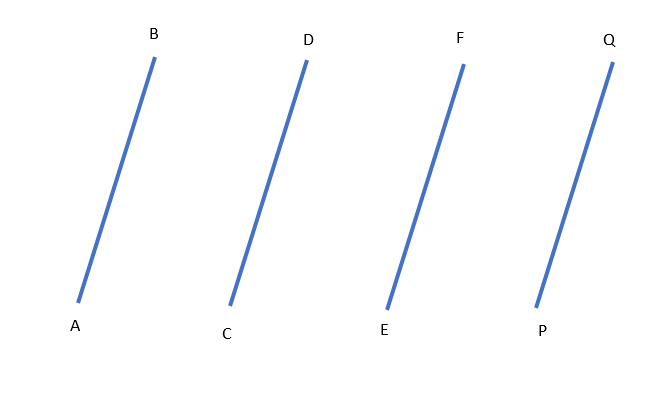



If Ab Cd Cd Ef And Ef Pq Then Which Of The Following Class 10 Maths Cbse
P q p → q F T T F F T A problem with this concept is that it is common to permit the intrusion of a psychological element, and to consider our acquisition of new knowledge by its means To understand this consider an example Suppose, I say If he's a logician, thenIn everyday English, the two are used interchangeably Logically they are different In the first (only if), there exists exactly one condition, Q, that will produce P If the antecedent Q is denied (notQ), then notP immediately followsIt could be not raining and still cloudy, or not raining without a single cloud in sight Either way, "if it's raining, then it's cloudy" is




P Q R And P Q C Then Q Is P Q R Are Vectors



If Ab Qr Pr And Ca Pq Then A Abc Pqr Sarthaks Econnect Largest Online Education Community
In logic and mathematics, statements and are said to be logically equivalent if they are provable from each other under a set of axioms, or have the same truth value in every model The logical equivalence of and is sometimes expressed as , ,, or , depending on the notation being usedHowever, these symbols are also used for material equivalence, so proper interpretation Lemma a (P \/ Q) /\ ~P > Q proof And generally, how to prove the easy propositions such as false>P, P/~P, etc?Answer (2) √ (q/p) Solution Given, cosec θ = (p q)/ (p – q) (i) 1/sin θ = (p q)/ (p – q) Using componendo and dividendo rule, (1 sin θ)/ (1 – sin θ) = (p q p – q)/ (p q – p q) (cos θ/2 sin θ/2)/ (cos θ/2 – sin θ/2) 2 = 2p/2q (1 tan θ/2)/ (1 – tan θ/2) 2 = p/q (tan π/4 tan θ/2)/ (1 – tan π/4 tan θ/2) 2 = p/q



If Math Textrm Cosec Theta Frac P Q P Q Math Then Math Cot 45 Frac Theta 2 Math Quora




Which Of The Following Statements Are True For All Chegg Com
If P and Q are two statements, then which of the following compound statement is a tautology ?If p then q books by Maggie O'Sullivan and Tim Allen reviewed by Billy Mills Lucy Harvest Clarke on Post Apocalyptic Poems Steve Spence reviews Maggie O'Sullivan's Courtship of Lapwings Audio recording of Maggie O'Sullivan's Courtship of the Lapwings Maggie O'Sullivan's Courtship of LapwingsIf P is null, then P Q = P − Q gives Q = − Q , implying both are null, which is absurd Also if they are perpendicular, the direction of sum and difference of vectors will be




In The Given Figure If Pq Rs Then Find The Value Of M Brainly In



If P Q Is The Sub Duplicate Ratio Of P X2 Q X2 What Is X2 Quora
Get answer If `cosectheta=(pq)/(pq)` then find the value of `cot(pi/4theta/2)` Books Physics NCERT DC Pandey Sunil Batra HC Verma Pradeep Errorless Chemistry NCERT P Bahadur IITJEE Previous Year Narendra Awasthi MS Chauhan BiologyP then q" or "p implies q", represented "p → q" is called a conditional proposition For instance "if John is from Chicago then John is from Illinois" The proposition p is called hypothesis or antecedent, and the proposition q is the conclusion or consequent Note that p → q is true always except when p is true and q is falseSelect the correct option from the given alternatives If cos p θ = cos q θ, p ≠ q, then, Maharashtra State Board HSC Science (Computer Science) 12th Board Exam Question Papers 181 Textbook Solutions Online Tests 60 Important Solutions 3532 Question Bank Solutions 122 Concept Notes & Videos 417 Time Tables 24 Syllabus Advertisement Remove all ads Select




15 251 Some Great Theoretical Ideas In Computer




Pq Is Variable Chord Of The Ellipse X2 1 If Pq Subte Math
If Xy Tan 1 Xy Cot 1 Xy Then Dy Dx Is Equal To If y (t) is solution of (1 t) (dy / dt) ty = 1 and y (0) = 1, then y (1) = If y = (1 x 2) tan1 x x, then dy/dx = If y = (a bx 3/2)/x 5/4 and y' = 0 at x = 5, then the ratio of a b is equal to If y = (sin1 x) 2, then (1 x 2) (d 2 y / dx 2) x (dy / dx) =Statement If I run fast, then I get tired (p implies q) Negation I run fast and I do not get tired (p and not q) Verifying with a truth table Although the work above is enough, you can always double check your results using a truth table Let's try it for this negation As you can see, we end up with the same truth values for each statement, so they are equivalent and we have verified If p and q are two statements, then (p ⇒q) ⇔(~q ⇒ ~p) is a (A) Contradiction (B) Tautology Neither (A) nor (B) (D) None of the above



Orion Math Iastate Edu Ehjohnst Pow Sp Soln12 4 6 Pdf




If Pq I Sr And Bardc1bar Descubre Como Resolverlo En Qanda
Conditional Statement p > q (If p, then q) Converse q > p (If q, then p) Inverse ~p > ~q (If not p, then not q) Contrapositive ~q > ~p (If not q, then not p) Select a problem/statement from the ones listed below that hasn't been discussed and answer the following questions 1 Write the problem as conditional statement (if is not under"If pthen q" can be written as p⇒q Clearly, "If pthen q" is false only when pis true and qis false Answer verified by Toppr Upvote (0) We have, P={x x




If P Q Pq Then 3 4 A 4wedge 3 B 3wedge 4 C 3 4 Gauthmath




If P Q R Then Angle Between P Q Is Youtube
(b) if X \inP Q, then Q XX Q=P Q Join our free STEM summer bootcamps taught by experts Space is limited Register Here 🏕 Books;The question is poorly written The question doesn't say what P and Q are, but since it asks about one angle between them we can suppose at the end of the question they must be vectors But the problem with this question is that there exists anLog in Clarissa N Numerade Educator




If Vec P Vec Q Pq Then Angle Between Vec P And Vec Q Is Youtube




Q P Is A Projection When Pq P Mathematics Stack Exchange
Shining, then I am not going to the ball game" or \If the sun is not shining, I am going to the ball game" This may be seen by comparing the corresponding truth tables p q p!q (p!q) ,(p^q) p!q T T F F T T F T T T F T T F T F F T F F If you were to construct truth tables for all of the other possible implications of theWhy "P only if Q" is different from "P if Q" in logic, though in English they have the same meaning? If cosec A = (pq) / (pq) then prove that Cot ( 45 o A/2) = Under root( q/p) Share with your friends Share 5 cosec A = p q pq x = 1cos 2 x 2 Put x = 45 A 2 sin 45 A 2 = 1 cos 90 A 2 = 1 sin A 2 = 1 pq p q 2 = p q pq 2 p q = 2 p 2 p q = p p q LHS cot 45 A 2 = cos 45 A 2 sin 45 A 2 = q p q p p q = q p = RHS Hence Proved 13 ;




If P Q 5 And Pq 50 Then P 2 Q 2 Brainly In




Ex 6 3 5 In Figure If Pq Ps Pq Sr Sqr 28 Ex 6 3
If PQ=PQ (where P and Q are vectors) then the magnitude of vector Q isIf P, then Q (premise – material implication) If not Q, then not P (derived by transposition) Not Q (premise) Therefore, not P (derived by modus ponens) Likewise, every use of modus ponens can be converted to a use of modus tollens and transposition Formal notation The modus tollens rule can be stated formally as →, where → stands for the statement "P implies Q" stands for "it isIf P and Q Are the Roots of the Equation X2 − Px Q = 0, Then CBSE CBSE (English Medium) Class 10 Question Papers 6 Textbook Solutions Important Solutions 3111 Question Bank Solutions 334 Concept Notes & Videos 224 Time Tables 12 Syllabus
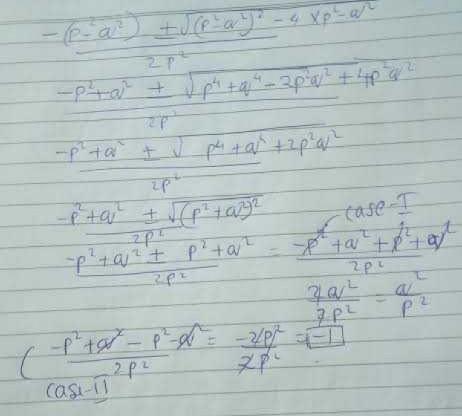



If P Q And R Are Rational Numbers And P Ne Q Ne R Then Roots Of The Equation P2 Q2 X2 Q2 R2 X R2 P2 0 Area B C D Correct




Q7 In Triangle Pqr Angle Q 90 Find I Pr If Pq 8 Cm And Qr Lido
If P is a subset of Q, then `P uu Q`= Books Physics NCERT DC Pandey Sunil Batra HC Verma Pradeep Errorless Chemistry NCERT P Bahadur IITJEE Previous Year Narendra Awasthi MS Chauhan Biology NCERT NCERT Exemplar NCERT Fingertips Errorless Vol1 Errorless Vol2 Maths NCERT RD Sharma Cengage KC Sinha Download PDF's Class 12 Class 11 Class 10 Class4 CHAPTER 1 LOGIC p^q Using the same reasoning, or by negating the negation, we can see that p!qis the same as p_q p q p q p!q (p!q) p^q 3 Answers3 In classical propositional logic, "if P then Q" is equivalent to "not P or Q" and to "not (P and not Q) and to "P only if Q" 'Unless' is taken to be equivalent to the inclusive 'or'




Solved Questions 13 16 T R W If Pq 5 Then Wx If Y Chegg Com




C 45 Q 25 If P Q Pq Then Angle Between Phu Q 15 B 30
p/q = 7 ⇒ p = 7q pq/pq = 7q q / 7q q = 8q/6q =4/3 1jaiz4 and 58 more users found this answer helpful heart outlined Thanks 36Coq Share Follow edited Oct 3 '12 at 955 cachuanghu asked Oct 3 '12 at 950 cachuanghu cachuanghu 93 2 2 silver badges 10 10 bronze badges 3 See also How to do cases with an inductive type in Coq, which discusses a different but relatedShow that (a) if X \inP Q), then Q X=P XP Q ;




In The Given Figure If Pq Is Parallel To Rs Then Find The Measure Of Angle M



In Figure If Pq Rs Then Find Mathematics Topperlearning Com Op6u8whvv
If p and q are the roots of the equation x2 px q = 0, then (a) p = 1, q = –2 (b) p = 0, q = 1 (c) p = –2, q = 0 (d) p = –2, q = 1 Welcome to Sarthaks eConnect A unique platform where students can interact with teachers/experts/students to get solutions to their queries




If Cosec A P Q P Q Then Cot P 4 A 2 Is Equal Askiitians




Pdf Products Of Orthogonal Projections And Polar Decompositions Gustavo Corach Academia Edu




If Pq 28 Cm Then The Perimeter Of D Plm Is



If In Two D Pqr Ab Qr Pr Ca Pq Then Studyrankersonline




Prove Triangular Inequality If P Q And R Are Not Collinear Then Pq Qr Pr Study Com
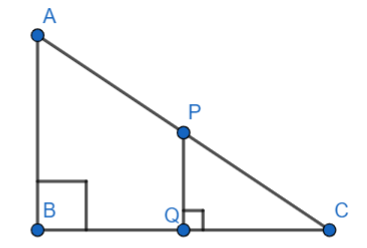



In The Given Figure Abparallel Pq If Pq15cm Qc2cm And Class 10 Maths Cbse




If P Q P Q Then



If P Q Are Real And P Q Then Show That The Roots Of The Equation P Q X 2 5 P Q X 2 P Q 0 Are Real And Unequal Sarthaks Econnect Largest Online Education Community



If P Q And R Are Three Points On A Line And Q Lies Between P And R Then Prove That Pq Qr Pr Quora



Q Tbn And9gcr3h3a3p6js1bidhcruqoo90yfp Yfiwxypcajzkwyvppy2pqmo Usqp Cau




In Figure If Pq Is Perpendicular To Ps Pq Trustudies




Ex 9 2 5 In Ap If Pth Term Is 1 Q Qth Term Is 1 P Prove




If P Q P Q And O Is The Angle Between P And Q Then A 0 00 B 0 900 C P 0




Solved In Pqr And Xzy If Pq Xz Qr Zy And Rp Yx Then By Self Study 365




5 In A Right Triangle Pqr If Pq Is 27 Cm And Qr Gauthmath




If P Q Sqrt 13 And P Q Sqrt 5 Then The Value Of 2pq Is Youtube
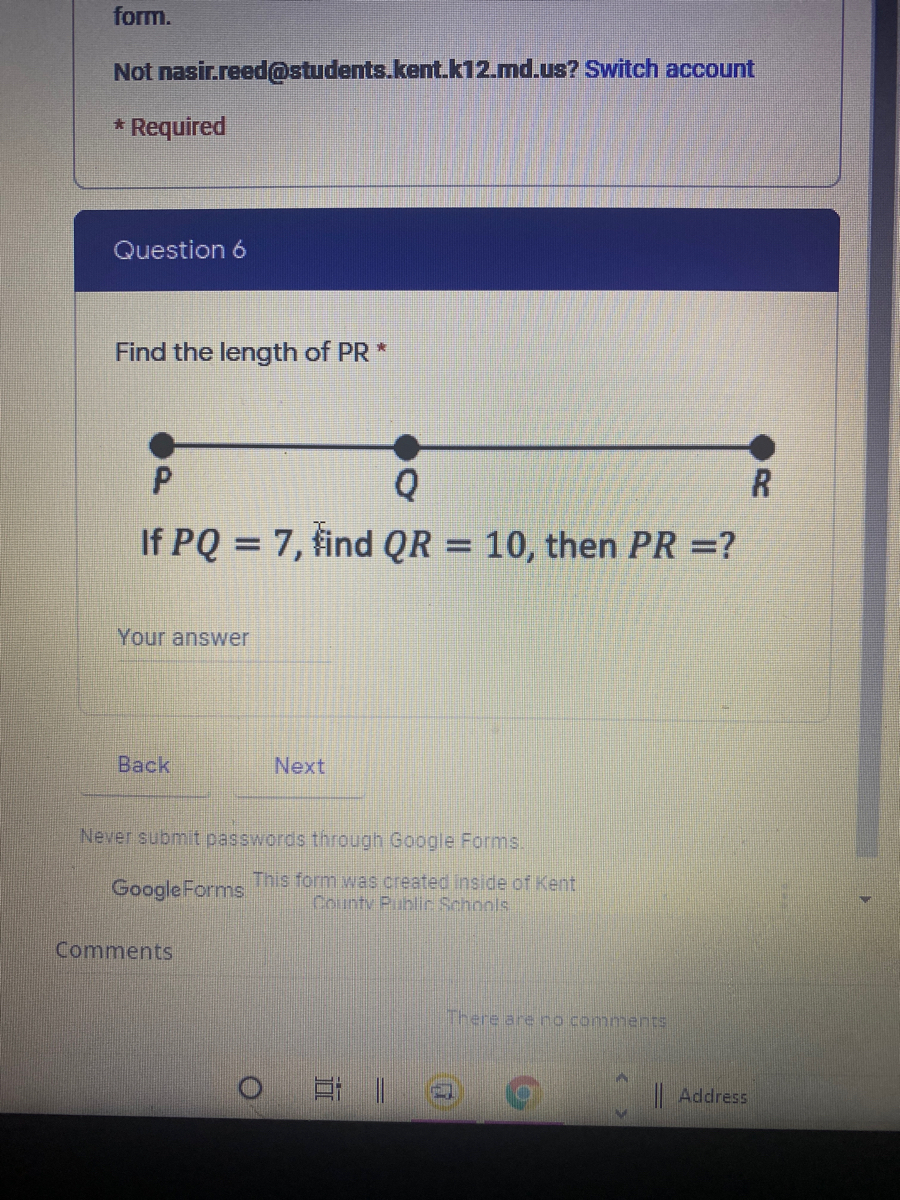



Answered Find The Length Of Pr Q R If Pq 7 Bartleby




If Cosectheta P Q P Q Then Find The Value Of Cot Pi 4 Theta 2 Youtube




Solution If P Q 5 And Pq K 2 Then What Is P 2 Q




If Vector P Vector Q P Q Then The Angle Between P And Q Is Maths Vector Algebra Meritnation Com




If Vecp Vecq Then Which Of The Following Is Not Correct
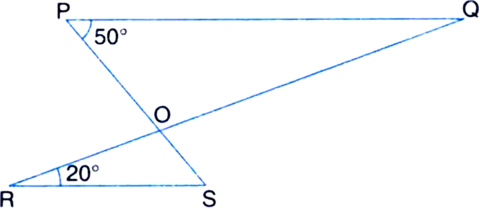



In Figure If Pq Rs Then Find Sor From Mathematics Lines And Angles Class 9 Cbse




If X P Y Q Xy Pq Then Show That P Q 1 Brainly In




1 In The Given Figure If Pq Is A Tangent And Oq Is Radius Scholr




If Pq 3 And P Q 6 Then Find The Value Of P 2 Q 2 Brainly In




If Cosec Theta P Q P Q Then Cot P 4 Theta 2 Maths Meritnation Com
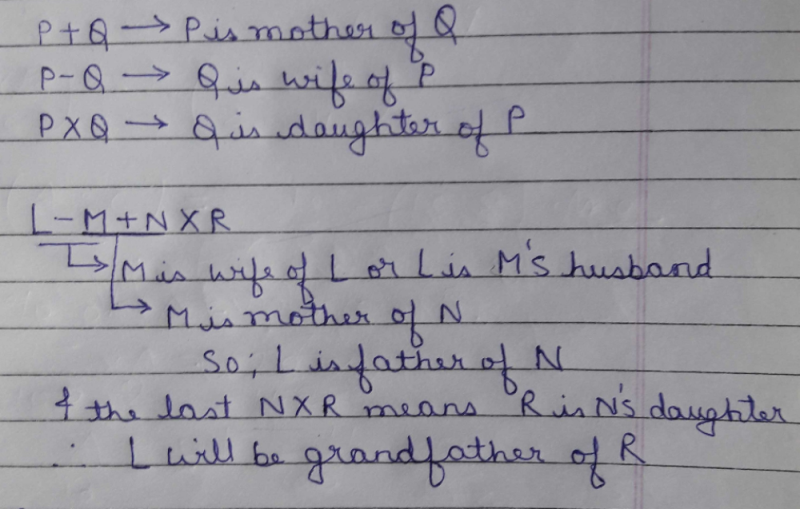



If P Q Means P Is Mother Of Q P Q Means Q Is Wife Of P And P Q Means Q Is Daughter Of P Then How Is L Related




Solved In The Given Figure If Mn Pq Then Find The Value Of X Self Study 365




If P Qp Q Then ユニークな壁紙サイト Hd




3 Prove That If P And Q Are Rational Numbers And P Chegg Com
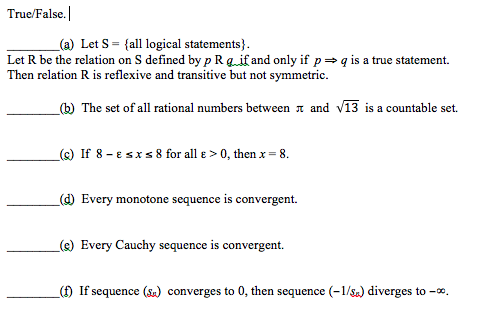



Let R Be The Relation On S Defined By P R Q If And Chegg Com




Example 4 In Figure If Pq Rs Prove That Poq Sor Examples




Solution If P Q 5 And Pq K 2 Then What Is P 2 Q 2




If Pq Is A Projection Of St On Pq Then How Is Pq St N Cap Maths Three Dimensional Geometry Meritnation Com




If P Q 1 Pq Then P Q Is Equal To Brainly In




If Vecp Vecq Pq Then Angle Between Vecp And Vecq Is




If P Vector Dot Q Vector Is Equal To Pq Then Angle Between P And Q Is Brainly In




In Figure If Pq Ps Pq Sr Sqr 28 And Qrt 65 Then Find The Values Of X And Y From Mathematics Lines And Angles Class 9 Cbse




If Of P Q 50 Of P Q Then Find P Q




If Ab Qr Pr And Ca Pq Then Youtube




In Fig 6 43 If Pq Ps Pq Sr Sqr 28 And Qrt Scholr
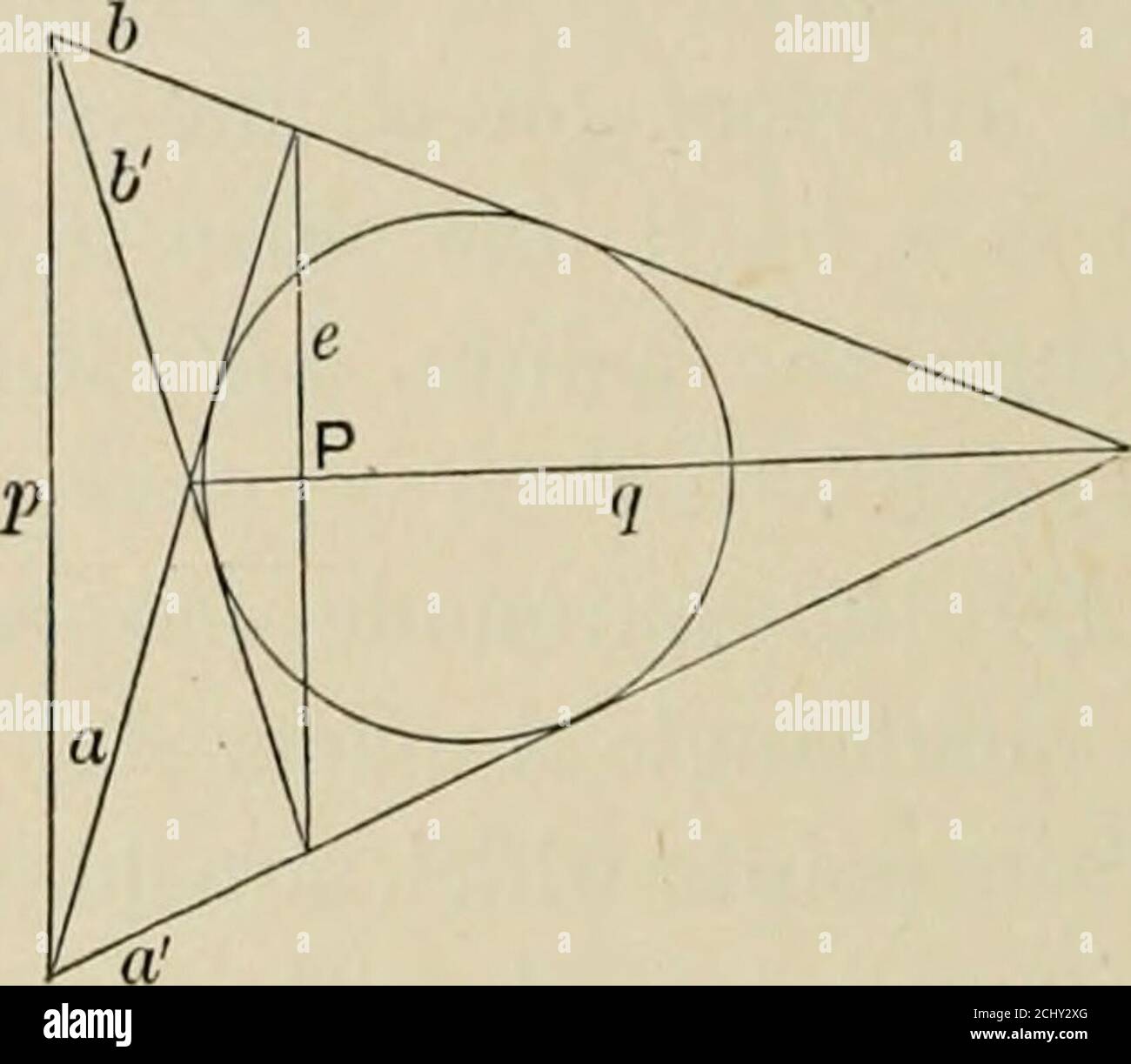



The Principles Of Projective Geometry Applied To The Straight Line And Conic Conjugate Points And Lines With Respect To A Circle If P And Q Are Two Points Suchthat The




4 P 9 If P Q P Q Then 1 7 7 3 Pi 1 2



Search Q Ex 6 3 Class 9 Question 6 Tbm Isch




If Pq 28cm Then Find The Perimeter Of Plm




Advance Level If P And Q Are Two 3 X 3 Non Identity Mat Math




If Pq 28cm Then Find The Perimeter Of D Plm Youtube




If P Q 3 4 And Q R 8 9 Then P R Is




In Figure If Pq Rs Then The Measure Of M Is From Mathematics Lines And Angles Class 9 Up Board



If Pq 28cm Then Find The Perimeter Of Plm Sarthaks Econnect Largest Online Education Community




If P Q P Q Then




Is If Pq Pq Then Angle Between Pand A 00 B 300 C 450 D 600




Question 1 Show That If P Q Are Projections Such That Chegg Com




In The Figure If Pq Perpendicular Qr Then X Is Equal To Brainly In




If P Q R And P Q Sqrt 3 And R 3 Then The Angle Betwe




If P Q Q P 2 Then Find P Q 10 Q P 10 Brainly In




If Pq 28cm Then Find The Perimeter Of Plm Cbse Class 10 Sample Pap




If P Q 0 Then Which Of The Following Is Necessarily Ture




If P Q 2 3 And X Y 4 5 Then The Value Of 5px 3qy 10px 4qy Edurev Ca Foundation Question
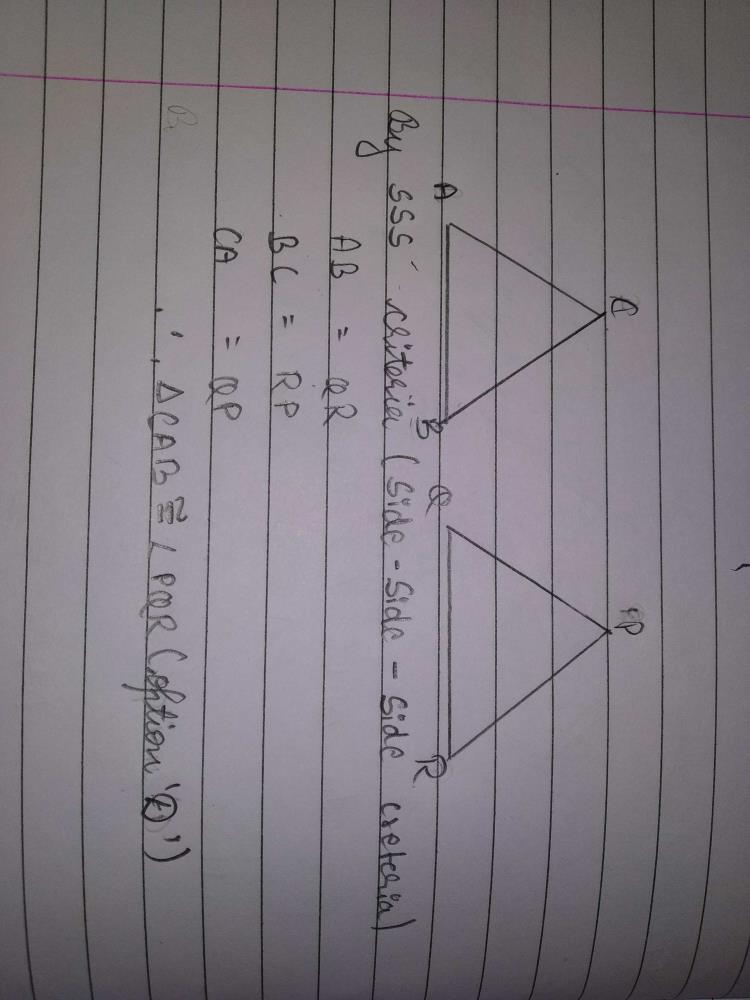



If Ab Qr Rp And Ca Qp Then Which Of The Following Holds A a Cong Pqrb Abc Cong Pqrc Cba Cong Pqrd Cab Cong Pqrcorrect Answer Is D Can You Explain This Answer Edurev Class 9 Question
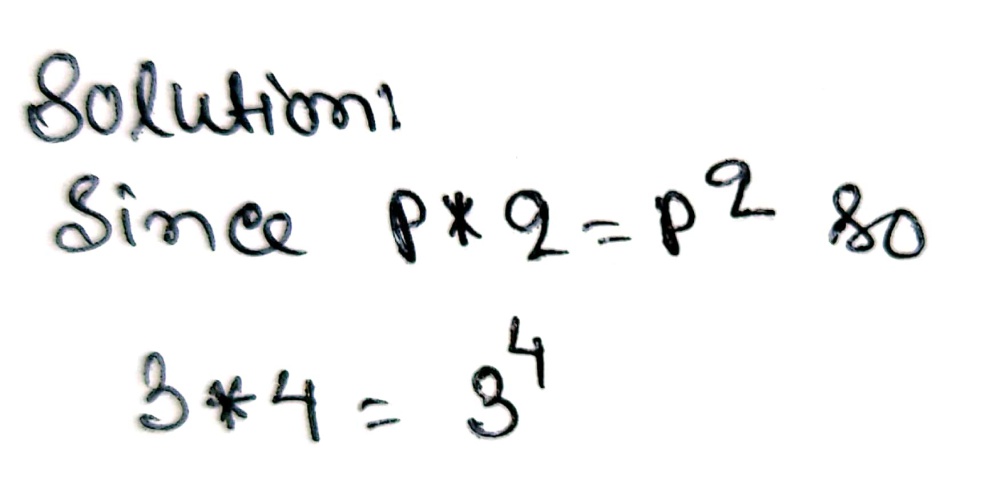



If P Q Pq Then 3 4 A 43 B 34 C 3 4 D 4 3 Gauthmath




Class 10 If Pq 28cm Then Find The Perimeter Of Plm In Malayalam Youtube
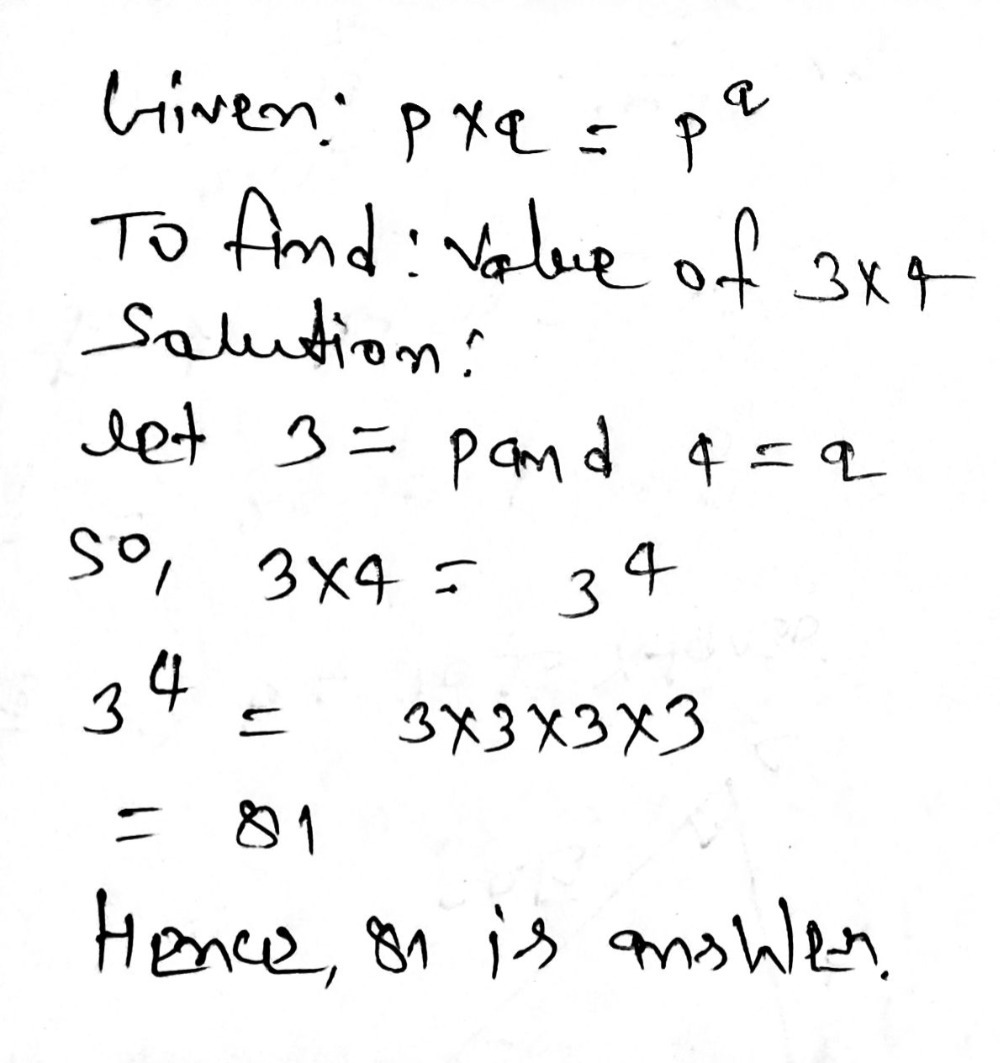



If P Q Pq Then 3 4 Gauthmath




If Pq 3 And P Q 6 Then Find The Value Of P 2 Q 2 Maths Algebraic Expressions And Identities Meritnation Com



In Dpqr Pd Qr Such That D Lies On Qr If Pq A Pr B Qd C And Dr D Then Prove That A B A B




If P Q 15 And Pq 54 Then P Q Can Be



In The Given Figure If Pq
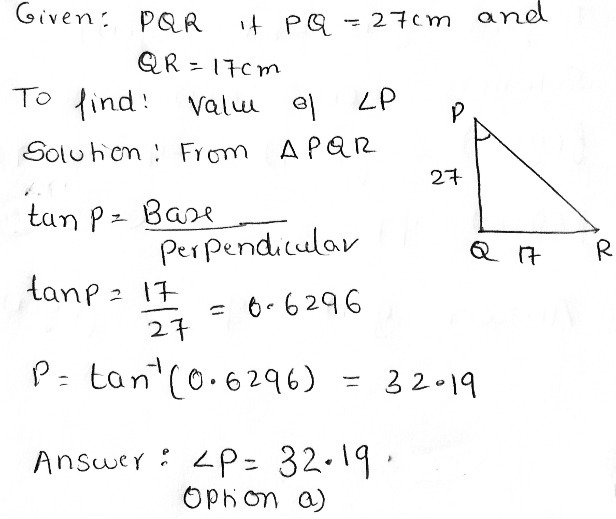



14 In A Right Triangle Pqr If Pq Is 27 Cm Gauthmath




Answered In The Diagram Below Pr And Qs Bartleby




The Principles Of Projective Geometry Applied To The Straight Line And Conic Polar Of One Passes Throughthe Other The Points Are Called Conju Gate Points With Respect To The Circle If



If Ab Pq Qr And Ac Pr Then Write The Congruence Relation Between The Triangles Fig 7 6 Studyrankersonline




If P Q And R 0 Then Which Is True A P R Q R B




Pq Is A Tangent To A Circle With Centre O At Point P If Opq Is An




In The Figure Point Q Is The Point Of Contact If Pq 12 Pr 8 Then Find Ps Geometry Shaalaa Com



0 件のコメント:
コメントを投稿